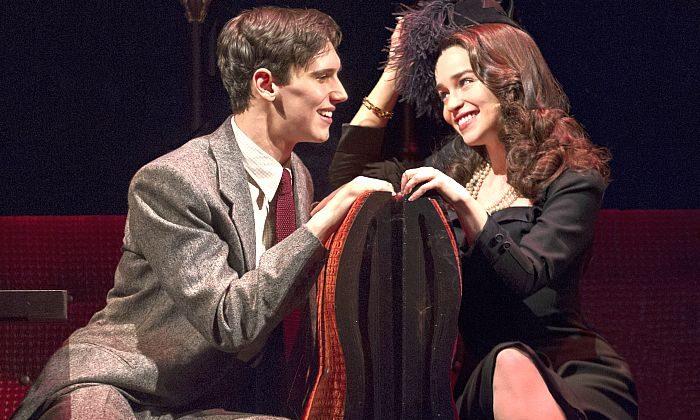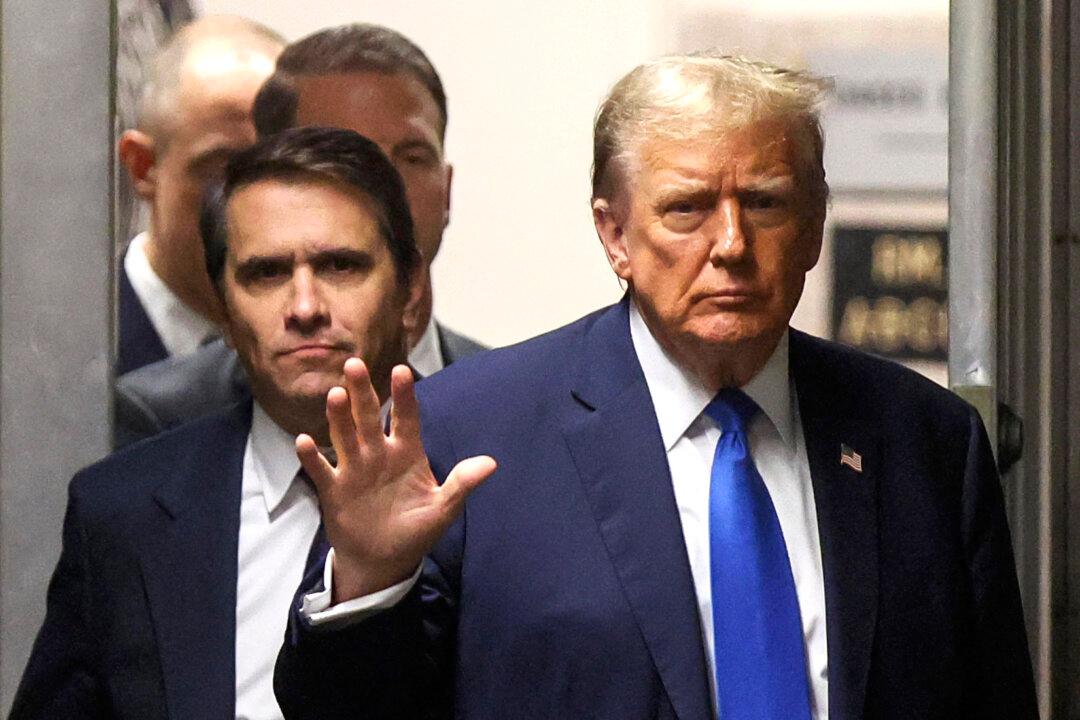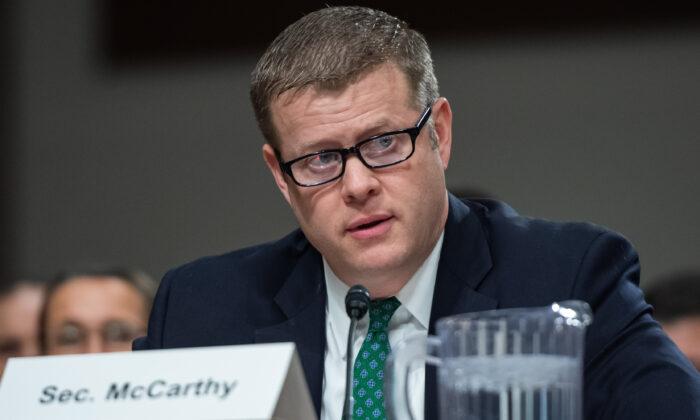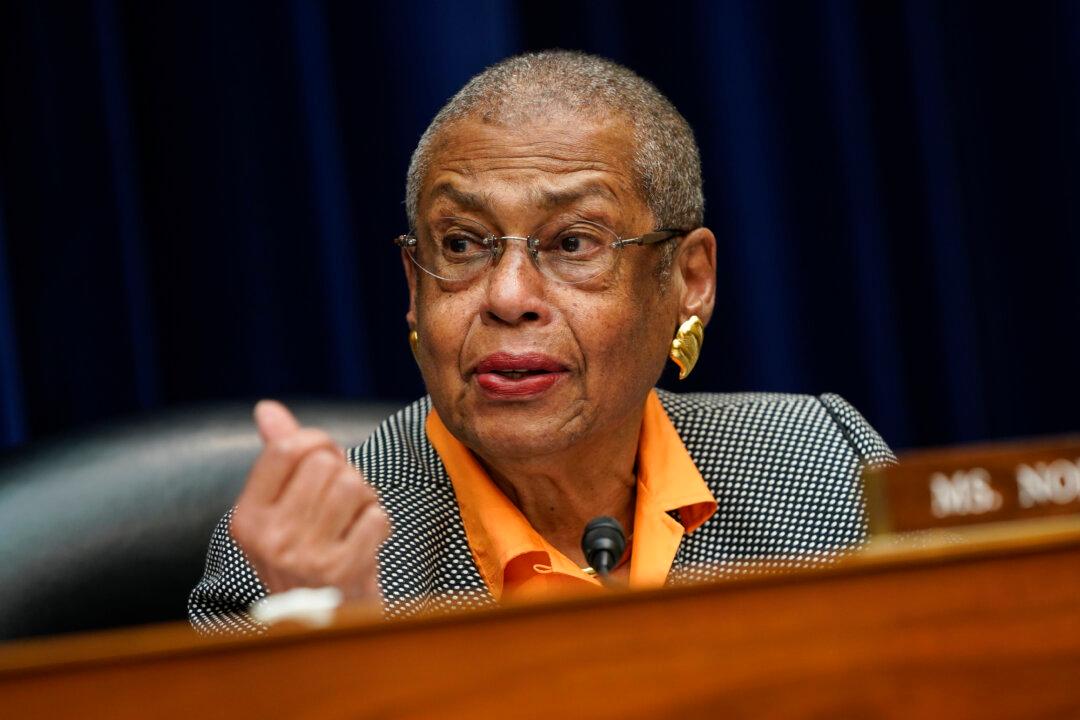NEW YORK—The character called Holly Golightly from Truman Capote’s famed novella, “Breakfast at Tiffany’s,” has arguably entered our vocabulary as a flighty but glamorous gal who seeks to find herself in New York City. The noted movie version starred Audrey Hepburn in 1961.
Now, playwright Richard Greenberg, who has won multiple theater awards (including a Tony for his “Take Me Out”), offers a stage adaptation. He makes use of the darker elements of the original, and has set it in World War II wartime 1943 and ’44.
Holly, played by Emilia Clarke (of HBO’s “Game of Thrones”), gets herself into one scrape after another, usually by attracting the wrong kind of man.
But fortunately, she has a number of friends who look out for her. She’s fallen under the protective eye of her neighbor Fred (Cory Michael Smith), who is fascinated by her looks and eccentric behavior. The two embark on a tentative romance, but Holly can never quite make a commitment. (Smith also acts as narrator in addition to playing the character.)
Another pal is bartender Joe Bell (George Wendt), who, it turns out, carries a secret torch for the vivacious young woman. In and out of Holly’s life is photographer I.Y. Yunioshi (James Yaegashi).
Frequently throwing a monkey wrench into the proceedings is stuffy neighbor Madame Spanella (Suzanne Bertish), a former opera diva, who vociferously objects to Holly’s sometimes-loud parties and threatens to call the police. (She’s probably jealous.) Madame’s a bit eccentric herself, making her first entrance by roller-skating across the stage.
In two alternating plotlines, Holly pursues her activities, which call on her to appear in attractive black dresses (designed by Colleen Atwood). Fred, on his part, is an aspiring writer struggling to find a place for himself in New York’s competitive publishing world.
Some professionals admire Fred’s short stories, but nothing jells for him. Finally landing a lowly position on a prestigious magazine, he is ultimately fired for “not making friends with the semicolon,” and possibly a more sinister reason. Fred’s nemesis is Stern Lady Boss (so effectively doubled by Suzanne Bertish that I didn’t realize her identity until I checked the cast list).
Not wanting to give too much away, I’ll say only that Holly is ultimately tracked down by a former family member, who indicates that the heroine has come from a very different background than earlier indicated.
In the end, Holly, continuing her flighty path, evanesces into an uncertain future.
The production offers pluses and minuses. There are some lovely, well-played scenes, but somehow, overall, the show doesn’t hold together. In the central role, Ms. Clarke, though physically well cast, lacks the dynamism and appeal required to effectively portray the vivid Holly and to carry a show.
The sliding panels that set designer Derek McLane has employed to indicate scene changes distract and hinder the show’s flow, rather than enable it.
Also in the cast are John Rothman, Lee Wilkof, Tony Torn, Kate Cullen Roberts, Murphy Guyer, Eddie Korbich, Elisabeth Anthony Gray, Pedro Carmo, Danny Binstock, and Paolo Montalban. Direction is by Sean Mathias.
“Breakfast at Tiffany’s”
Cort Theatre
138 West 48th Street
Tickets: 212-239-6200 or visit www.telecharge.com
Running Time: 2 hours, 20 minutes
Open run
http://www.breakfastattiffanysonbroadway.com/
Diana Barth publishes New Millennium, an art publication. For information: [email protected]






Friends Read Free